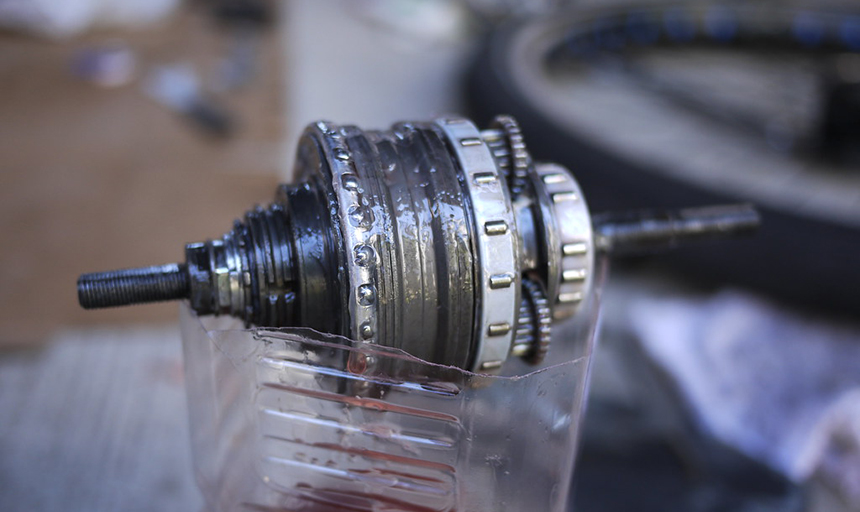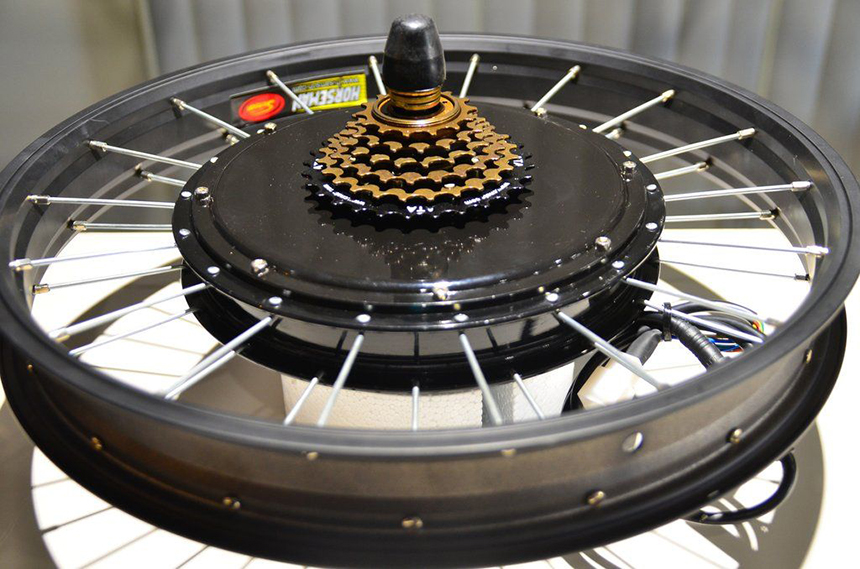- Trails
-
Bikes
-
Gear
-
Tips & Tricks
-
About us


Are you considering an upgrade for your electric bike motor? You’ll have two motor choices to choose from, namely gear hub vs direct drive. Both options have their own sets of pros and cons. Choosing which one is the better choice depends on your specific needs. If you’re currently on the fence about choosing the best option for your bike, then this article is for you. Read on as we define each option and also take a look at the pros and cons of each option.

One of the main reasons for this is that they are more inconspicuous when assembled. They’re lighter, smaller, and less obvious when installed. On average, motors weigh about 7lbs, compared to the 20-25lbs of a direct drive. A geared hub works by connecting to a stator that’s built into planetary rotation gears. When energy is given to the wheel, an internal motor turns the gears. The gears propel the wheel, which of course, propels the bike forward. The 500 SERIES is a popular class 3 electric bike boasting a powerful 750w geared hub motor. With a 60nm torque and a 25–45-mile range, it’s easy to see why cyclists opt for this model. For a quick view of more great bike options, consider our article, electric bikes under $1500.

They’re made up of two components-a rotors and a stator. The stator hub of the bike remains stationary while the wheel rim rotates around the rotor. The wheel hub incorporates the axis while the wheel rim is the outer motor casing. Electricity feeds from the rechargeable battery to the copper-wound stator axle. This, in turn, creates an electromagnetic field that essentially moves the bicycle forward.
Another popular electrical bike, the ECOTRIC Electric Bike 26″, has a powerful 500-Watt brushless motor, allowing the bike to reach impressive speeds of up to 23mph. On average, this Ebike travels 6km/h (3.73mph) and boasts a removable 36V Lithium Cell battery. If you’re looking for a few other options with higher maximum speeds, consider reading out the article, the best electric bikes for hunting. Since the ECOTRIC is easy to ride on just about any terrain, it’s easy to see why this model made it to our article, the best class 2 electric bikes.
When you’re deciding which option is better for your electric bike, it’s essential to consider factors such as torque, speed, and distance. While higher wattage generates more power it will drain your battery considerably faster. On the other hand, lower-wattage motors produce less power but boast better ranges due to extended battery life options. Direct drives are better for generating and maintaining a constant speed but have a lower range. These are all factors to take into consideration when you’re considering the best option between gear hub vs direct drive. Choose wisely for your fitness and enjoyment.